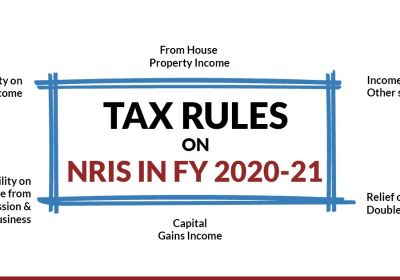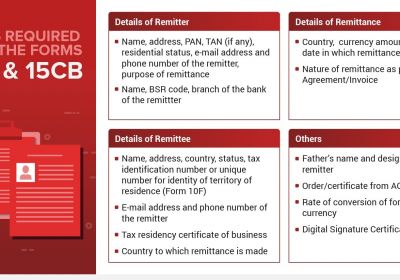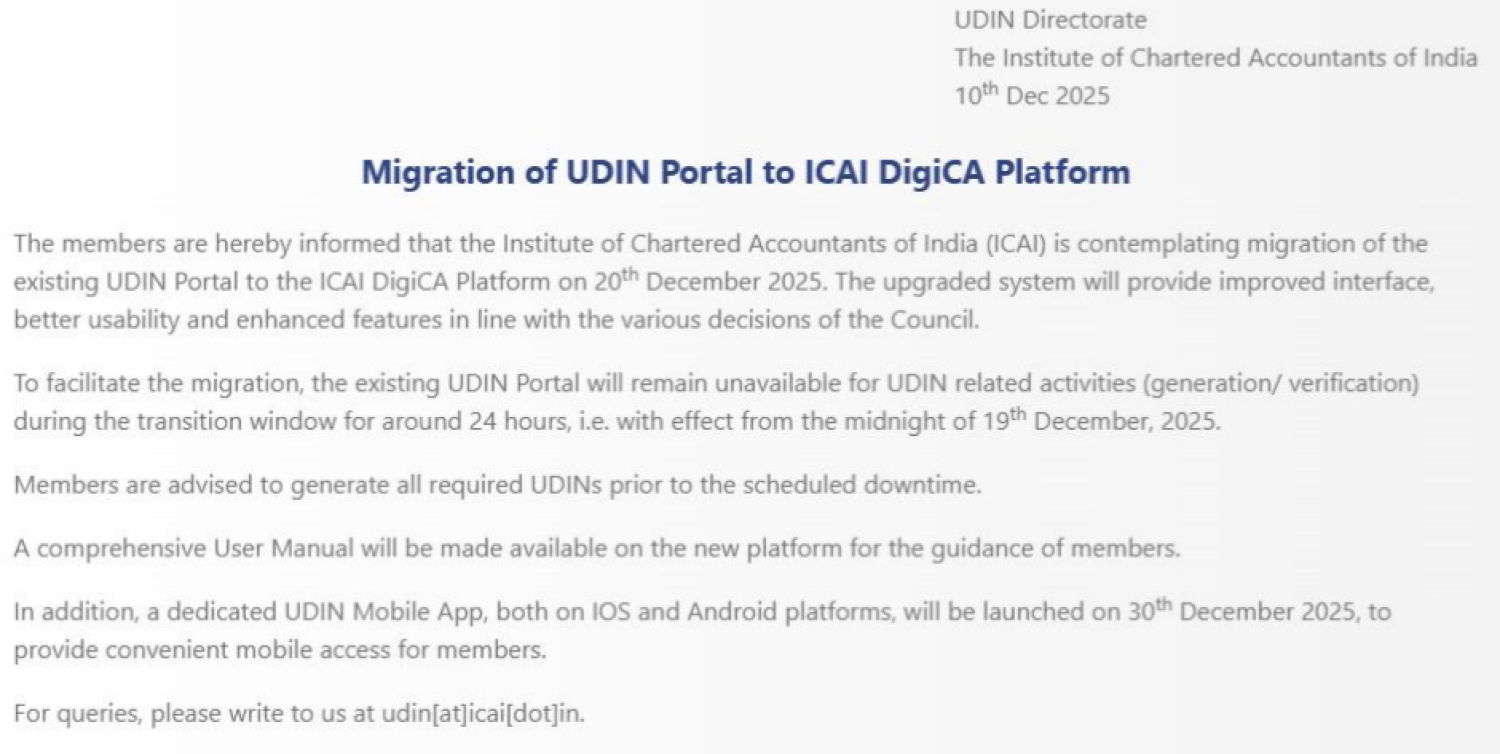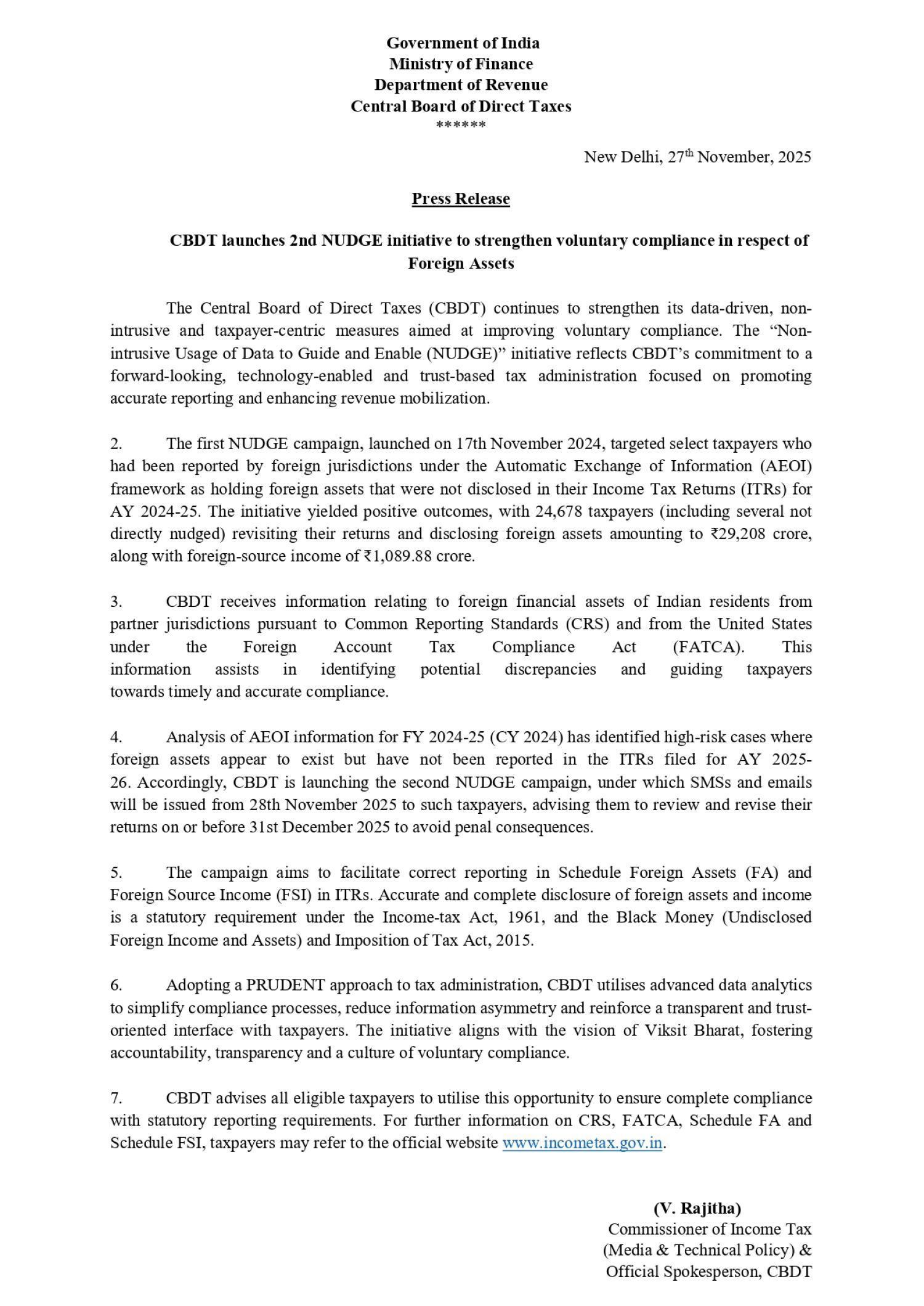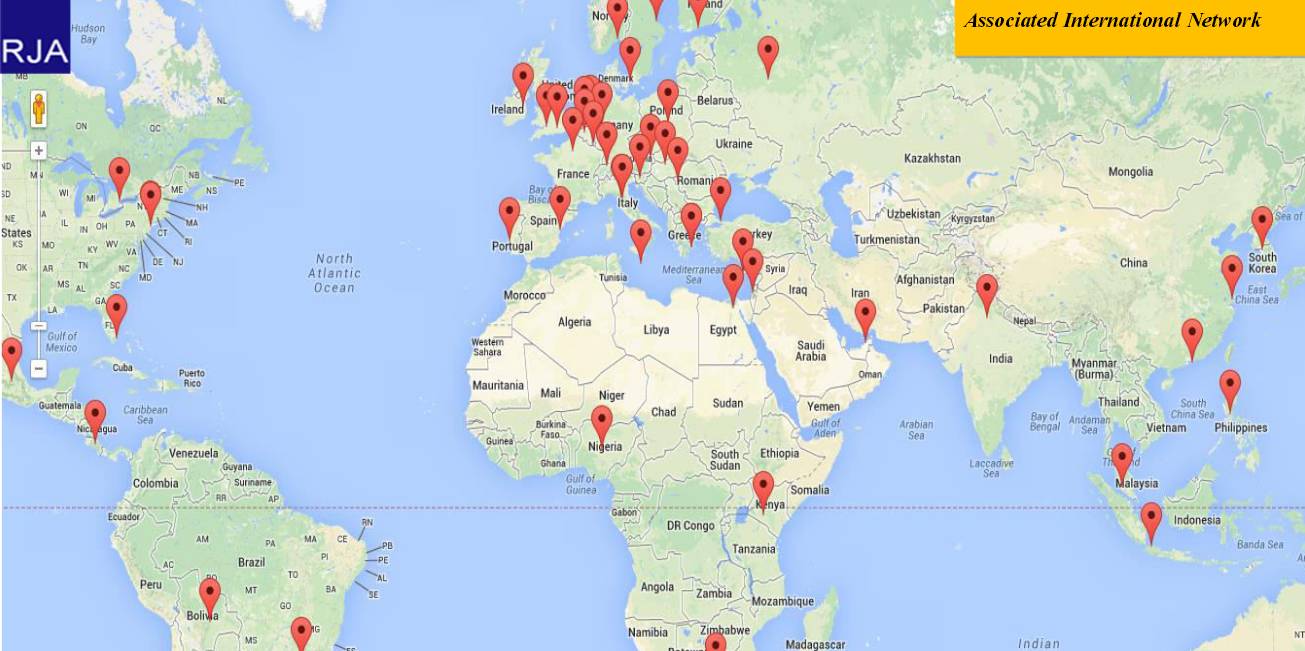Table of Contents

Capital Gains on the Sale of NRI Immovable Property
Purchase Immovable Property in India by Non-Resident Indians. This purchase is made either through the Non-Resident Indians' own investment or through inheritance from their parents/grandparents, etc. Non-Resident Indians always want to sell their immovable property for two reasons.
- It is bringing them a strong profit.
- they are relocating outside of India and no longer plan to own this immovable property.
As a result, there are several transactions including the selling of immovable property through Non-Resident Indians / Persons of Indian Origin. As a result, they are confronted with a multitude of taxes on the sale of immovable property transactions questions. The following are some of the common problems that often arise in their minds:
- How does selling an immovable property affect your tax treatment?
- What will the cost of immovable property acquired by them be either inherited or gift?
- How will the benefit be calculated in the case of immovable property purchased long back when prices were very low?
- What will be the treatment of other related expenses paid to other people (i.e. other than the seller)?
- What is the significance of Stamp Duty Valuation (i.e. Stamp Duty Valuation Authority Circle Rates)?
- How will capital gains tax (on property sales) be avoided or decreased?
- What are the TDS provisions for NRIs when buying or selling an immovable property?
Understanding the salient features of tax provisions relating to the NRI selling of immovable property:
Essential Characteristics on Sale of Immovable Property:
• Gain from the selling of immovable property: Since it is a capital asset, Under the head Capital Gains chapter, which is taxable gain technically called as Capital Gains, which is calculated as follows
• Calculation of Capital Gains:
|
Particulars of assets calculation |
Amount In Rs |
|
Sale Consideration |
50,00,000 |
|
Less: Indexed Cost of Acquisition |
30,00,000 |
|
Less: Expenses w.r.t Sale (e.g. broker fee) |
(2,00,000) |
|
Capital Gains |
18,00,000 |
• Cost of Acquisition Indexation: If the immovable property is holding a period held for more than 36 months before being sold (i.e. Long Term Capital Asset), the cost of acquisition may be indexed (as per the index given by the CBDT every year).
• Immovable Property purchase Through Gift/ Inheritance: If an NRI acquired the immovable property via gift/inheritance, then according to the provisions under the head of Capital Gains Chapter, the benefit of the previous owner (i.e. Deceased or Donor) will be passed on to the individual who acquires that property. As a result, costing, indexation, and other benefits would be allowed.
• Stamp Duty Value: According to section 50C of the Income Tax law, if Non-Resident Indians selling an immovable property for below Stamp Duty Value, the Stamp Duty Value is a considered Sale Price for the purpose of capital gains purposes. For example, if the Stamp Duty Value of the property is Rupees 60,00,000 and Sale value is Rupees 50,00,000 then, the Sale Value is Rupees 60,00,000.
• Tools to Reduce or Nullify Capital Gains Taxation: Capital gains taxes (on the sale of immovable property) can be minimized or eliminated by using such tax planning tools. These are some of the tools:
- Purchasing a brand-new residential property
- Investing in Long-Term Defined Bonds (e.g., NHAI/REC Bonds with 3-year lock-in bonds)
• Tax Deducted at Sources on Selling Immovable Property by NRIs and PIOs: according to TDS provisions, TDS is deducted from payments made to NRIs/PIOs by buyers of immovable property, (under the TDS provisions of payment to Non-Residents i.e. U/s 195). As a result, TDS is levied on the selling consideration charged to Non-Resident Indians / Persons of Indian Origin when they sell immovable property.








